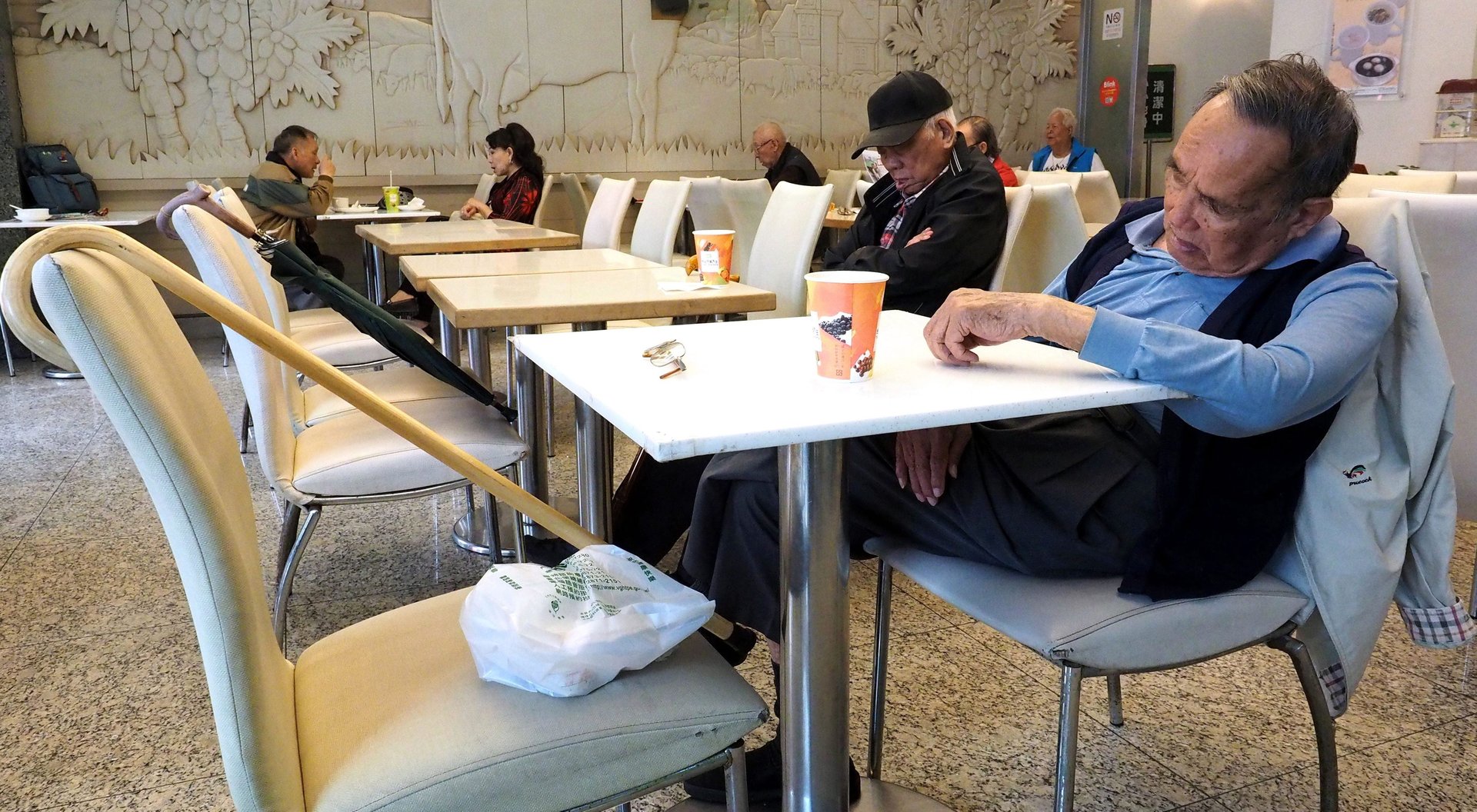Taiwan’s population could start shrinking in four years
Taiwan has one of the lowest fertility rates anywhere in the world. Now, its government is forecasting that its population could start falling in 2022, three years earlier than originally forecast.


Taiwan has one of the lowest fertility rates anywhere in the world. Now, its government is forecasting that its population could start falling in 2022, three years earlier than originally forecast.
In its latest update, Taiwan’s National Development Council said yesterday (Aug. 30) that the population could shrink by as much as 30% by 2065. Government projections suggest the population will peak in 2021 with 23.6 million people, and fall below 20 million in 2050. By 2065, 41.2% of the population could be elderly (link in Chinese).
Taiwan recently joined another East Asian country, South Korea, in moving from an aging society—defined as seniors making up 7% of the population—to an aged one, with over 14% of the population above the age of 65. It took Taiwan 25 years to become an aged society, compared to Korea’s 17 years. Japan is already well into being a super-aged society (paywall).
Like many other developed countries in Asia, Taiwan has for years been battling a plummeting birth rate. In 2010, its fertility rate—the number of children a woman is expected to have during her childbearing years—even fell below 1, as many people believed it was an inauspicious year to have kids. The year following, Taiwan recorded the lowest fertility rate among any territory in the world.
And like its neighbors, similar problems plague Taiwan’s demographic future—restrictive immigration policies, high real-estate costs, and insufficient or expensive child-rearing facilities. A government official said (link in Chinese) that it would offer more subsidies to help couples with child-rearing, in place of existing one-off cash bonuses for people who have kids. The government also plans to unveil more immigration policies to attract highly skilled migrants.
Ziyi Tang contributed reporting.